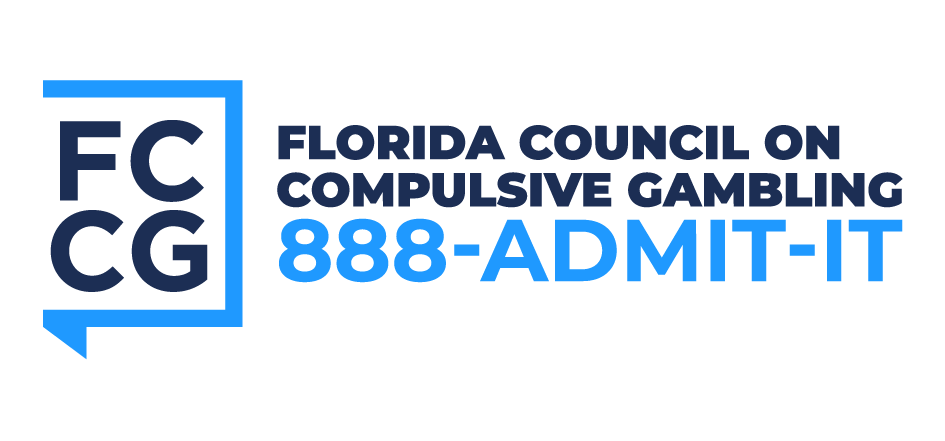Blurred Lines: Gaming vs. Gambling Addiction
 Addiction to gaming is described in the American Psychiatric Association’s Diagnostic and Statistical Manual of Mental Disorders (DSM-5), which is used by mental health professionals to diagnose mental disorders. The DSM-5 notes that gaming must cause “significant impairment or distress” in several aspects of a person’s life including, but not limited to: an uncontrollable desire to continue play, loss of interest in other previously enjoyed activities such as reading, swimming, or playing with friends, and using gaming to escape emotions such as hopelessness. These criteria are limited to gaming and do not include problems with general use of the internet, online gambling, or use of social media or smartphones.1
Addiction to gaming is described in the American Psychiatric Association’s Diagnostic and Statistical Manual of Mental Disorders (DSM-5), which is used by mental health professionals to diagnose mental disorders. The DSM-5 notes that gaming must cause “significant impairment or distress” in several aspects of a person’s life including, but not limited to: an uncontrollable desire to continue play, loss of interest in other previously enjoyed activities such as reading, swimming, or playing with friends, and using gaming to escape emotions such as hopelessness. These criteria are limited to gaming and do not include problems with general use of the internet, online gambling, or use of social media or smartphones.1
Why parents should take note
There has been a lot of recent conversation within the problem gambling and gaming communities, as to whether or not random rewards within games (more commonly known as loot boxes) and microtransactions constitute a form of gambling and if these types of games should be made available to younger players – both in the United States and abroad. Academics argue that games containing these elements are “simulated gambling”, having psychological addictive elements.2 Researchers in the field have drawn attention to the “variable reinforcement schedule” of loot boxes, meaning players do not know if they will actually receive a reward (power up, skins, etc.) when spending money on a loot box.3

The Office of the eSafety Commissioner in Australia estimates that thirty-four percent (34%) of young people made in-game purchases in the 12 months preceding June 2017. Additionally, research has found that approximately twenty percent (20%) of simulated gambling players moved on to traditional forms of online gambling, and estimated that five percent (5%) of young people would develop gambling problems before the age of twenty-five (25).4
But not all games have loot boxes, should I still be concerned?
Many parents are familiar with, or at the very least, have heard their children ask for the digital currency “V-Bucks” which are available for purchase with real money within the popular game Fortnite. It’s important to note that Fornite, at least in the United States, does not allow players to purchase power-ups to gain a weapon or skill advantage, rather the items purchased are strictly for cosmetic purposes. However, this does not mean that there are no gambling principles within Fortnite’s microtransaction system. Gambling, by definition is the act of wagering something of value with an unknown outcome. This applies to Fortnite as many players are relying on the collection of rare items to heighten their social status within the game. Some young players may be facing bullying at school, yet when they log on to Fortnite and are equipped with the “coolest” gear, they gain popularity among other players. In these instances, the item of value becomes social acceptance.

Additionally, Fornite is akin to gambling in that it can trap players into continuous play or spending money through the ability to earn V-bucks upon completing battles. This gives players a taste of what is to come should they continue playing or invest real currency into the game. Problem gamblers often site a big win as the significant event in their progression from recreational to problem gambler.
Perhaps one of the most concerning elements within video games that rely on microtransactions is how “convenient” it is to spend money. Turning once more to popular game Fortnite, this becomes glaringly apparent when making a purchase within the game, as players are not asked to confirm whether or not they wish to proceed. However, when trying to exit the game, an additional screen appears asking the player “are you sure you wish to exit?”.
 It’s important to remember that video games and the companies that make them are not evil. As a parent or guardian, you know your child best – what’s most important, is to be aware of the potential risks with certain types of video games and to establish rules and practices that make sense for your family. This is a crucial step in problem gambling prevention.
It’s important to remember that video games and the companies that make them are not evil. As a parent or guardian, you know your child best – what’s most important, is to be aware of the potential risks with certain types of video games and to establish rules and practices that make sense for your family. This is a crucial step in problem gambling prevention.
For more information on responsible gaming for youth or adults, contact the FCCG at our 24-hour multilingual HelpLine, 888-ADMIT-IT.
References:
- “Internet Gaming.” Warning Signs of Mental Illness, American Psychiatric Association, psychiatry.org/patients-families/internet-gaming.
- Drummond, Aaron, and James Sauer. “Gaming or Gambling: Study Shows Almost Half of Loot Boxes in Video Games Constitute Gambling.” The Conversation, The Conversation, 19 Sept. 2018, theconversation.com/gaming-or-gambling-study-shows-almost-half-of-loot-boxes-in-video-games-constitute-gambling-99013.
- “The Psychology of Loot Boxes and Microtransactions.” Psychology and Video Games, 7 June 2018, platinumparagon.info/the-psychology-of-loot-boxes-and-microtransactions/.
- Lum, Patrick. “Video Game Loot Boxes Addictive and a Form of ‘Simulated Gambling’, Senate Inquiry Told.” The Guardian, Guardian News and Media, 16 Aug. 2018, www.theguardian.com/games/2018/aug/17/video-game-loot-boxes-addictive-and-a-form-of-simulated-gambling-senate-inquiry-told.

